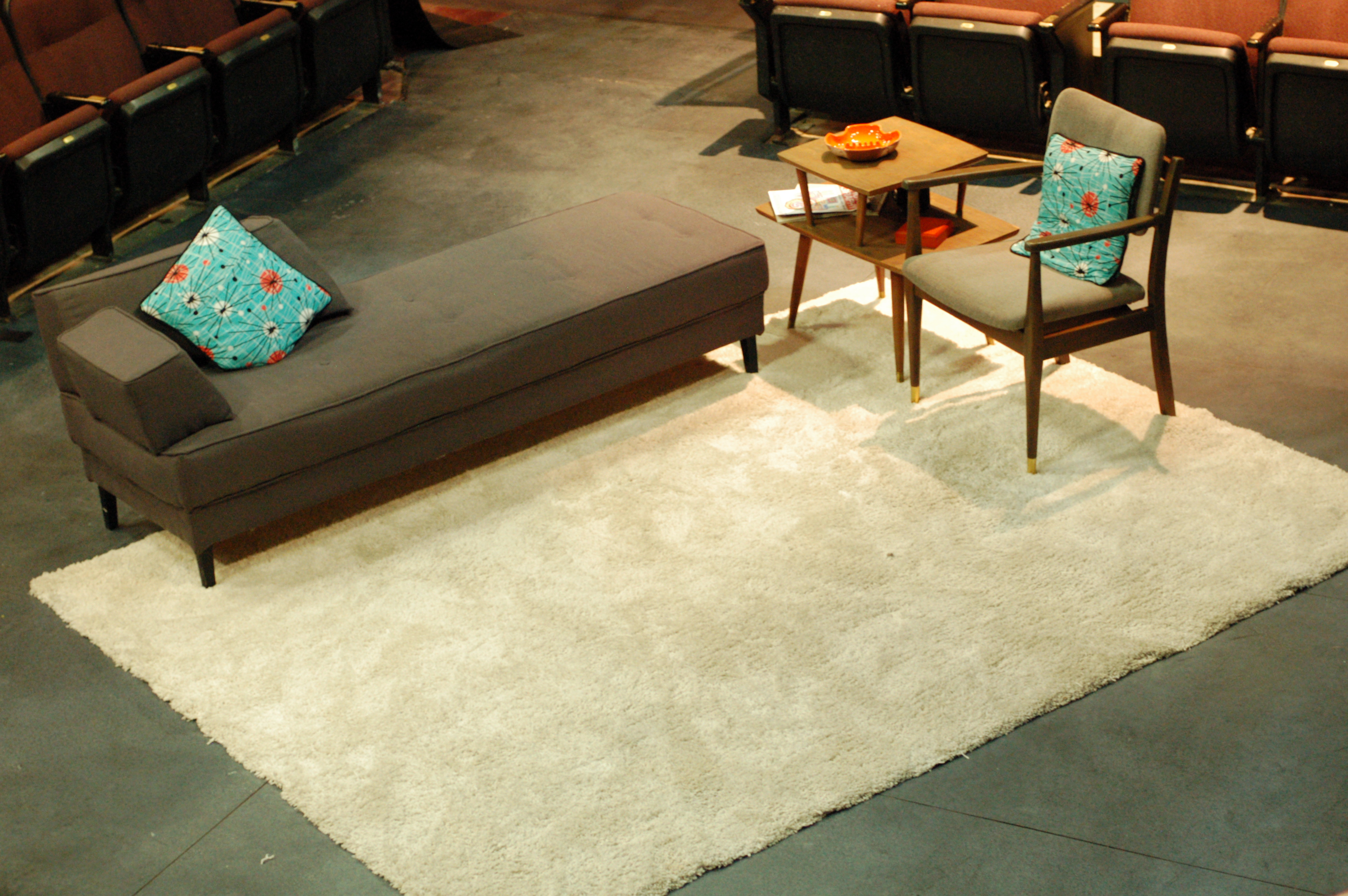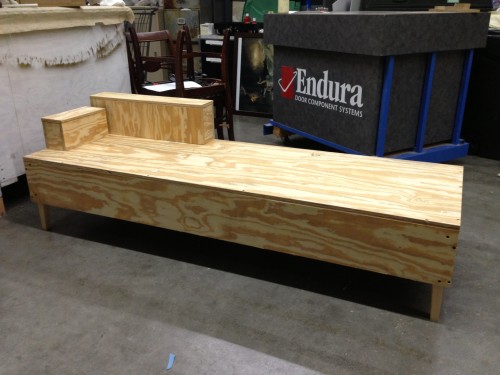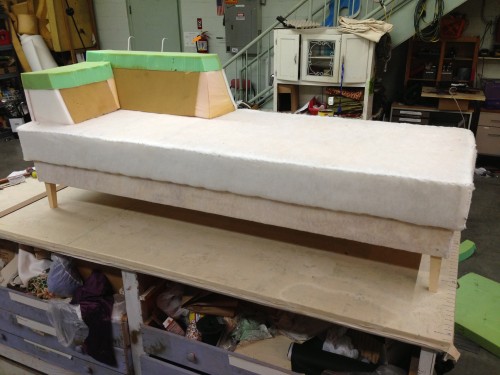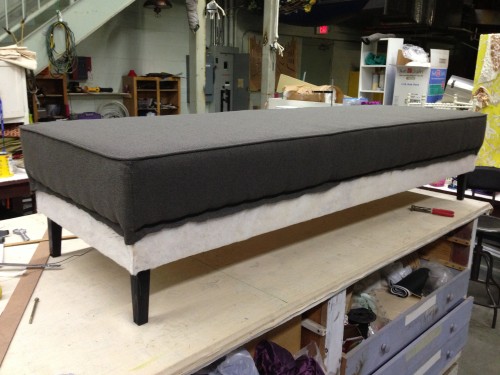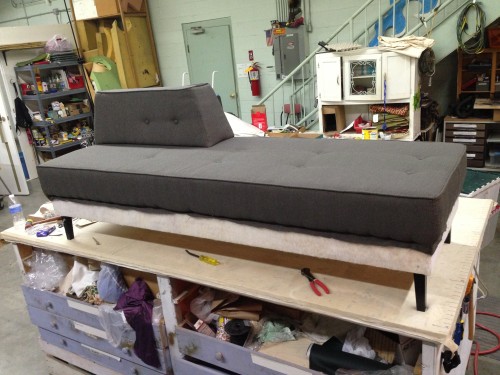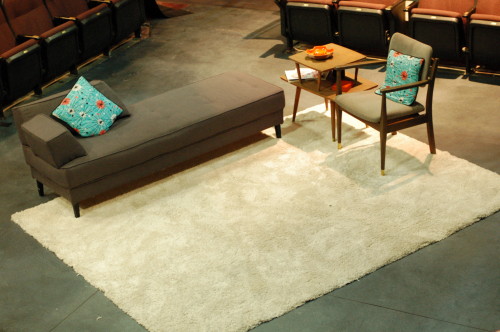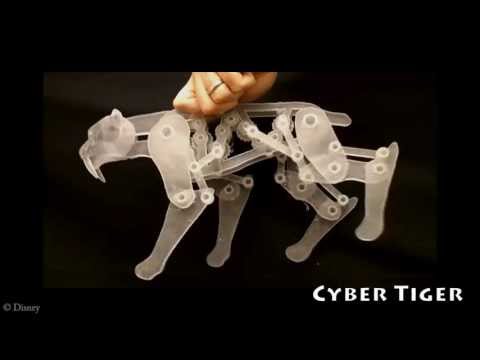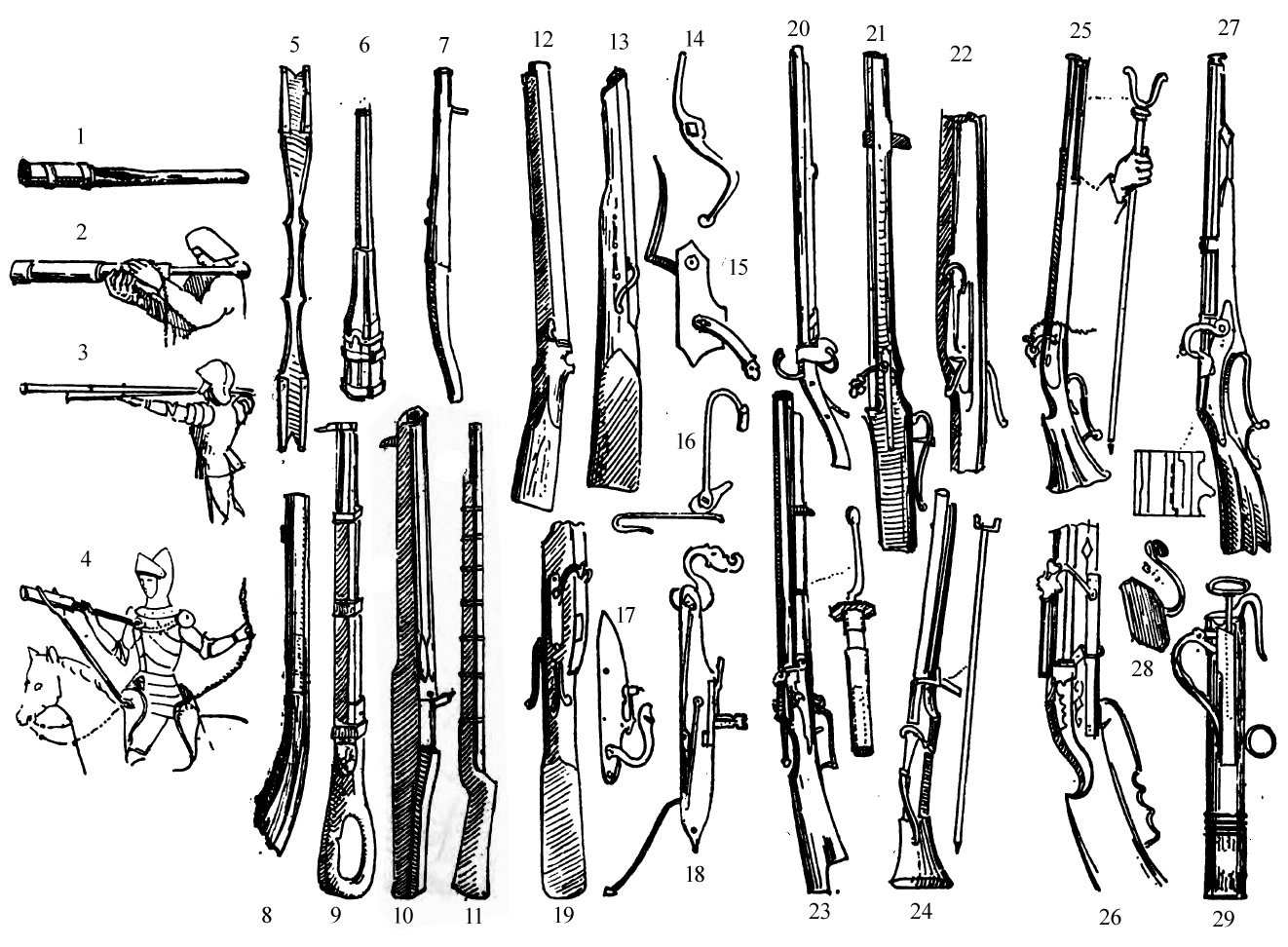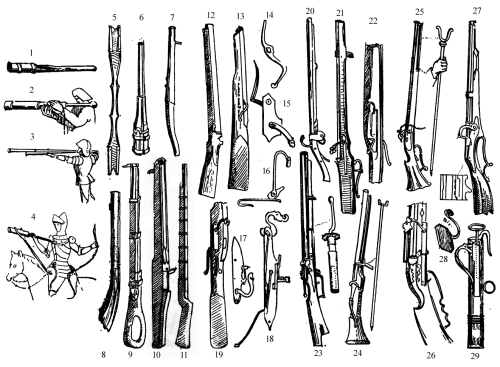Well, I am off this weekend to Bucknell University, where I will be signing copies of my book during Homecoming Weekend. If you are in Central Pennsylvania, feel free to stop on by. I’ll try to post pictures and updates on my Twitter. I also have some stories I’ve found around the Internet this week:
Props master extraordinaire Jim Guy is profiled in yet another news article. He talks about how he got started, his favorite parts of the job, and how new people can begin a career in props.
LiveScience takes a look at the technology behind horror-movie monsters. Though it seems a lot of films just use CGI for everything, many effects are still practical. In fact, advances in technology have made it easier to use all sorts of prosthetic, animatronic and makeup effects for movies.
While we’re on monsters (it is nearly Halloween, after all), I enjoyed this article on a Philippine monster-making company. Their creatures are actually based on the characters from Philippine folklore, but done in a more-Western style.
The Credits talks with the makeup maestro for the new Carrie film. They discuss in detail how they did the infamous “pouring of blood” scene; it’s a little trickier than you might expect, but it led to a much more consistent result on-screen.
Finally, Non-Toxic Kids lays out ten reasons we need stronger laws about toxic chemicals. Though aimed at parents, the reasons are just as relevant to props people. While we may feel adequately informed about the dangers of industrial chemicals and supplies, we also use plenty of household cleaners and chemicals that you may not realize are also toxic.

